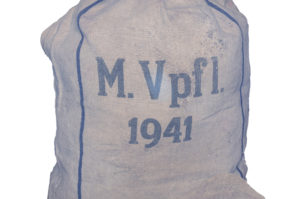 For generations, bulk bags have been the leading way for agricultural professionals to store and transport dry goods. From dog food to beans and fertilizer, bulk bags can handle all types of products. And they are an affordable, durable way to maintain dry goods. Printed bulk bags make a difference in the quality of operations. Discover why agricultural businesses need printed bags.
For generations, bulk bags have been the leading way for agricultural professionals to store and transport dry goods. From dog food to beans and fertilizer, bulk bags can handle all types of products. And they are an affordable, durable way to maintain dry goods. Printed bulk bags make a difference in the quality of operations. Discover why agricultural businesses need printed bags.
Brand the Business With a Logo
Marketing a business can become costly and time-consuming. One of the smartest ways to advertise is during daily routines. For example, a sign is something everyone sees when they pass the business facility. And bulk bags are viewed by countless eyes as they get from your company to the ultimate destination. Imprint the company logo on every bulk bag to brand the business. People will see the logo, recognize it, and associate it with the products you provide.
State the Contents of the Bulk Bag
Most bulk bags are constructed of sturdy woven polypropylene. This means the contents of the bag are not visible to those who are moving and storing it. Printing the contents helps keep warehouses and trucks organized. When everyone knows the contents, they instantly recognize what must be done with the bag. Instead of searching for paperwork or holding the bags, they can be processed quickly and efficiently. And this means your product will get to consumers faster.
Important Instructions
Are you sending out a product that requires specific storage and handling? While these conditions are often agreed to before products go out, many workers will handle the bulk bags. Print the instructions on each bulk bag to ensure the goods are always handled properly. Anything less could mean your products are mishandled or lost – which leads to reduced profits and added costs for your company to cover. Printed bulk bags can help businesses save money and maintain a solid reputation.
Essential Warnings
Do you work with hazardous dry goods? Often it is required for a supplier or producer to post essential warnings right on the bulk bag. And even if it is not legally necessary, failure to post warnings can lead to injuries and liability on behalf of your company. It is always better to be safe than sorry when it comes to keeping everyone safe as your hazardous materials are stored and transported.
Get Organized
Printed bulk bags are a simple way to get more organized. All the bulk bags start to look the same, even if they contain different dry goods. Get organized by printing the name of the goods or a slogan in a certain color to determine what the bags contain. A well-organized facility reduces losses and damages to boost the bottom line. Printing is an affordable way to ensure the workplace is well-run.
Make a Statement
Does your company support a cause or have a special mission? Print it on your bulk bags to get the word out about what you believe in. People will read it and get to know what makes your business different from any other. Plus, you are raising awareness everywhere the bulk bags go.
Work with a team of bulk bag professionals to determine how to best use printing on bulk bags for your agricultural company. Branding, designation, organization, and publicity are all reasons to get bulk bags printed with a customized message and image.
Thank you for reading our blog! How can we help you? Contact us today.

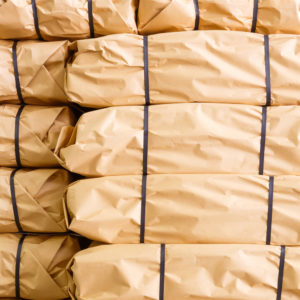

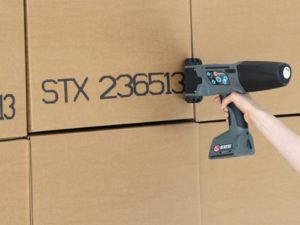
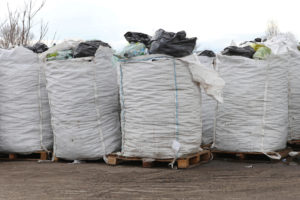
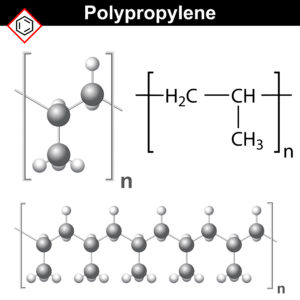
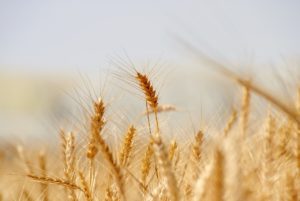
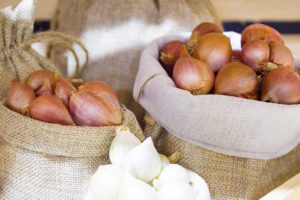 Thanks to
Thanks to